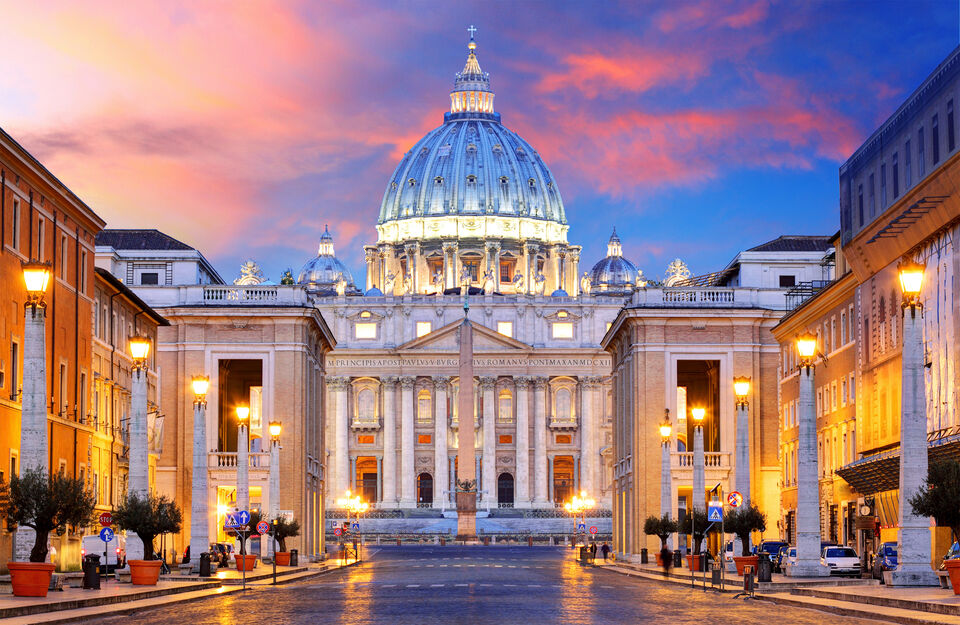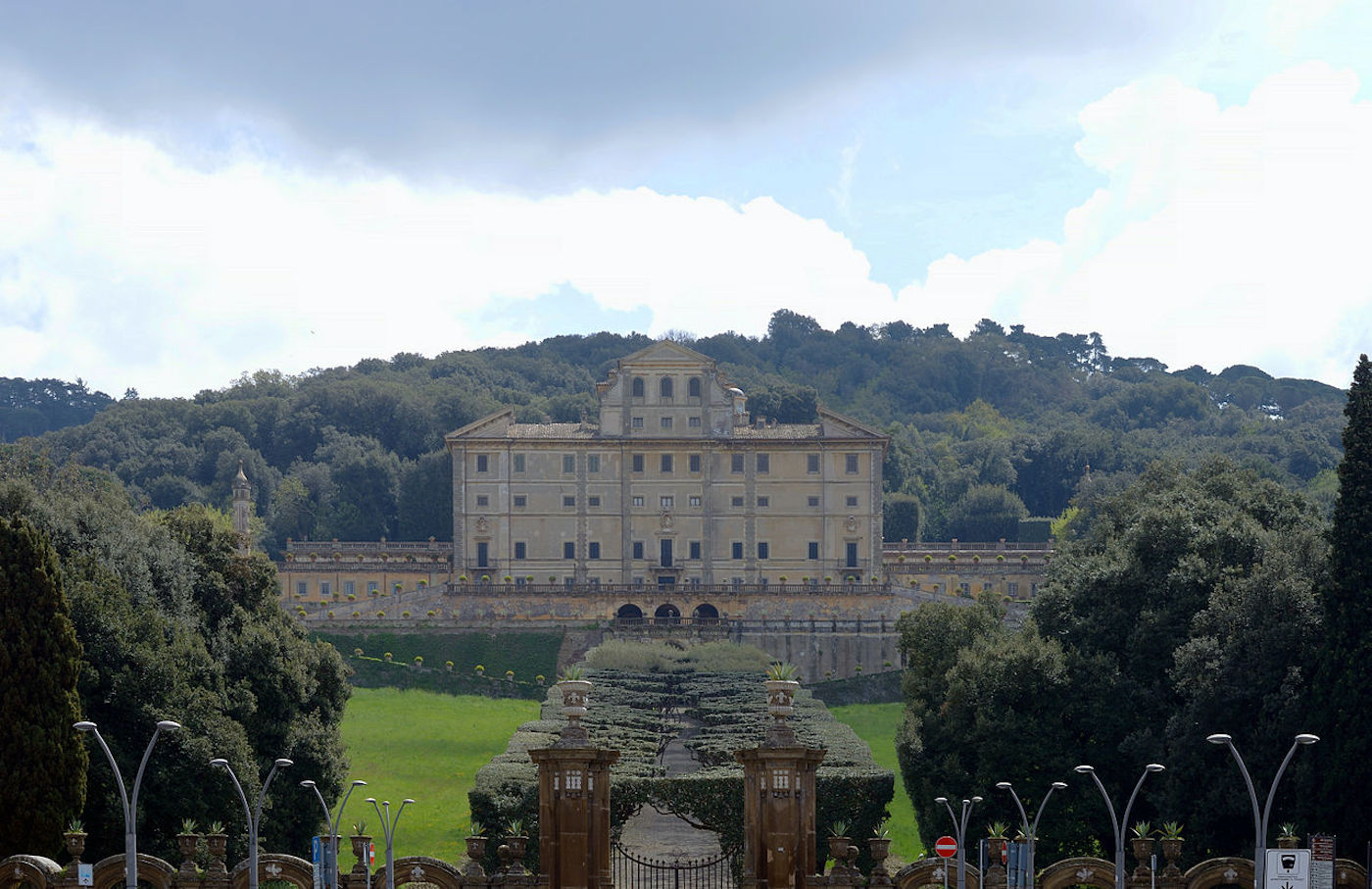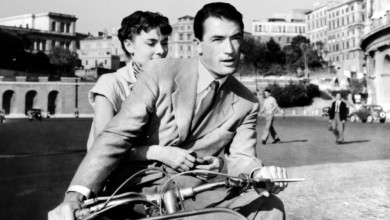Rome: itineraries for everyone
Itineraries
A Weekend To Remember
If you are busy and in a hurry, but you don’t want to miss out on the pleasures of life, here is the Rome itinerary that is just right for you. A full weekend dedicated to discovering this amazing city. Only a part discovery (you just won’t be able to see it all) but just as “hard”, due to the route you will follow that is mostly on foot. Remember to wear comfortable shoes and if it is summertime, bring a hat to protect you from the sun that is very strong here.
Rome city tour: Day 1
If you can, we advise you to arrive the evening before, booking one of the hotels in Rome a little in advance. In this way you will have the whole morning available for the itinerary and you will be well rested to face the hard day ahead.
Morning
This part of the day will be entirely dedicated to visiting the Vatican, a real city within a city.

We recommend that you begin your tour in the early morning, to avoid the huge queues that form at a certain time of the morning outside the Vatican Museums. Remember that you have about three hours available if you want to stick to the itinerary; don’t miss the visit to the Sistine Chapel, that is so splendidly covered in frescoes by Michelangelo. Next, head off to St Peter’s Square where you can see Saint Peter’s Cathedral, the largest church in the world. Leaving the Cathedral behind you, walk along Via della Conciliazione until you get to Castel Sant'Angelo where Hadrian’s Mausoleum is kept. Then go on to Piazza Navona by tram or taxi for lunch.
One bit of advice: don’t eat tripe or anything similar if you want to avoid falling asleep on the edge of a fountain in the middle of the afternoon itinerary. You will be able to satisfy all your mad urges for eating Italian specialties at dinnertime.
Afternoon
After getting to know Rome as the “city of faith” this is the moment to explore the Rome "Caput Mundi" in all its ancient beauty. Let’s start off with the Pantheon, not far from Piazza Navona, a pagan temple that was transformed into a church in 608. From the Pantheon go straight to the Coliseum, the huge amphitheater that is the symbol of Rome. Once you have finished visiting the inside of the Coliseum, head towards the Roman Forum, walking along Via dei Fori Imperiali. If you still have time you can choose between a visit to the Palatine hill, the first center of this city and home to many emperors or to the recently uncovered Domus Aurea, Nero's legendary palace.
Evening
Trastevere is the ideal place to savor the true essence of Roman nightlife. Join the crowds walking along the alleyways and stop off in a few of the typical coffee shops that are crowded with people.
Rome city tour: Day 2
Morning
Try to wake up early, but not too early: today’s itinerary is tough too, so it’s better to begin the day a bit later rather than being worn out in the afternoon.
As a first stop, we suggest the famous, spectacular Trevi Fountain: allow yourself to join in the obligatory ritual for any decent tourist of throwing a coin into the fountain. Then go on to Piazza di Spagna by taxi or tram and admire the fantastic Spanish Steps. From here you can have a rest from all this culture by taking a walk down the elegant Via Condotti to admire the luxurious shop windows. If you are feeling more Bohemian than fashion victim, why not take a walk down Via Margutta, the famous street of artists.
The last stop this morning is the magnificent Piazza del Popolo. Choose one of the restaurants in Rome nearby and have a bite to eat.
Afternoon
Your afternoon will be dedicated to visiting Villa Borghese and the splendid Gallery of the same name. You can also have coffee in the picturesque Casina Valadier and then towards sunset, you can enjoy the splendid view of Rome from the panoramic terrace at Pincio.
Evening
Time for a quick dinner and then it is time to leave. Unless, of course, you don’t want to stay longer and call the hotel in Rome that you chose and book another night in the Eternal City.
Ostia And Frascati
The area around the city of Rome has lots to offer for furthering your knowledge of this complex city. Knowledge that can range from archeology, art and wine-making. All you need is a little time and Nozio.com can give you a hand here, suggesting some trips outside the city’s gates, near to Rome. If however, you have the chance to take things easy, book a hotel near Rome and use it as a base for your trips.
Ostia Antica
Ostia Antica was founded in the 4th century B.C. For a long time it was Rome’s only river port: once upon a time, the Tiber ended its course in this very town, whose name actually means “mouth”, before flowing into the Tyrrhenian Sea.
Ostia was a cosmopolitan city and essential from a military and commercial point of view. There were various temples dedicated to the various “foreign” divinities that were uncovered during archeological digs. Ostia Antica was rediscovered fairly recently in historical terms: digs began around 1800 and are still continuing today.
Piazza delle Corporazioni, with its floors entirely made up of mosaics, and that was once home to the offices of the “trade representatives” of ancient times, is an interesting site to see. From the steps of the Theater, that is still used during the summer season for shows, there is a wonderful view of the area.
Tivoli
Tivoli (about 20 km from Rome), which was used by the Romans as a holiday resort in ancient times too, is famous for its magnificent villas. One of the most spectacular is Hadrian's Villa that became the residence of the Emperor Hadrian when he retired from political life. This is the place where Hadrian wanted to recreate the wonders of the world that he had seen during his travels. For this reason, spread out over the one hundred hectares of parkland, there are groups of buildings that remind us of Greek constructions, such as the reproduction of the Athens Academia and Egyptian buildings such as the reproduction of the city of Canopus.
Another Villa of great artistic interest is Villa d'Este, the residence of Cardinal Ippolito d'Este. It is famous for the amazing amount of fountains and waterfalls built using the principle of connecting tubs, vases and grottoes inside the park, which totals 35.000 square meters.
Frascati

Lying amongst the Colli Albani and Colli Tuscolani hills, there is an area that groups together about 15 villages and towns full of history, which make up the area known as the "Castelli Romani".
We have chosen one of these towns, perhaps the most well-known and popular with visitors: Frascati, about 20 km from Rome. Famous for its wonderful villas and above all for the wine, usually white, that is produced in this area.
Frascati bianco D.O.C. is produced from a mix of grapes grown in the surrounding countryside: Malvasia di Candia and Malvasia del Lazio, Trebbiano Greco and Toscano. The result can be tasted in Frascati directly, in one of the many wine cellars in the town, accompanies by a few typical snacks from the area.
As well as your glass of wine, if you go to Frascati, don’t miss a chance to visit the Renaissance-style Villa Aldobrandithat stands over the beautiful town square, which was once invaded by carts that overflowed with the wine sellers' barrels.



